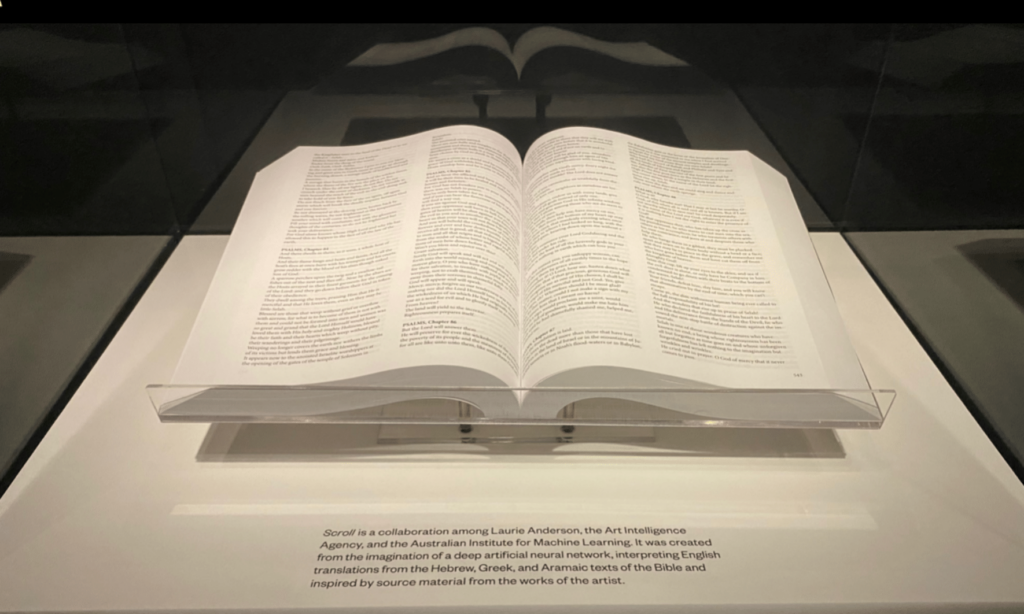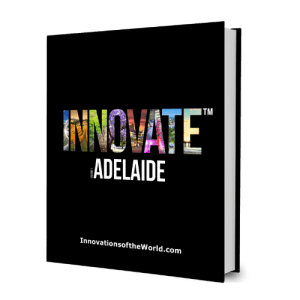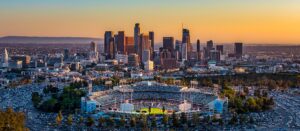As the inaugural director of the Sia Furler Institute and the Chair of Creative Technologies at the University of Adelaide, I have been privileged to be a co-founder of the Art Intelligence Agency — a first-of its-kind convergence of creativity and machine learning.
Creativity: The Core Competency
In recent years, there has been an undeniable upsurge in the value of creativity. CEOs worldwide have singled out creativity as one of the most crucial core competency, a sentiment further echoed by the World Economic Forum, which has consistently ranked it in their top three for over a decade. But why has creativity suddenly become so indispensable?
The answer lies in the rapid acceleration of technology. People with divergent skills are able to work and think more dynamically than more analytical folks. Lateral thinkers are able to think in terms of leaps rather than steps.
Machine Learning is one of the rapidly accelerating and disruptive technologies in the world today. Predicted to generate six times more enterprise value than the Internet has so far, machine learning is no longer a fringe technology. Instead, it has become the heart of innovation and growth, offering a fertile ground for the fusion of technology and creativity.
Just a Quick Note:
InnovationsOfTheWorld.com has partnered with Trade License Zone (TLZ) to support global innovators looking to expand internationally. Take advantage of the UAE’s Free Zones—enjoy streamlined setup, low corporate taxes, and a strategic gateway to the Middle East and beyond.
Get Your UAE Free Zone License Fast & Easy!
The Art Intelligence Agency
However, bringing together these two distinct disciplines is no mean feat. Artists working with machine learning often excel at their art but stumble when dealing with intricate technology. Conversely, tech experts dabbling in art often miss the mark, producing art that lacks authenticity and emotional depth.
As the inaugural director, my primary objective was to cultivate an environment that allowed for fruitful collaboration between artists and machine learning experts. To this end, we created the AI Art Intelligence Agency.
Our inaugural Artist-in-Residence was Laurie Anderson, whose groundbreaking work, “Scroll,” used machine learning to create a new AI bible, hybridizing traditional religious texts with the evocative language of Laurie Anderson. The collaboration between the AIA and Laurie Anderson was featured in several of Laurie Andersons Charles Elliot Norton Lectures at Harvard University. The series was established in 1925 as an annual lectureship in “poetry in the broadest sense”, by distinguished creative figures and scholars in the arts, including painting, architecture, and music. The collaboration has garnered international attention, featuring in prestigious media outlets such as the New York Times and 60 Minutes USA.
From Authorship to Curation: The Artist’s New Role
This new collaborative approach represents a significant shift from the 19th-century individualistic idea of authorship. Instead, artists must now navigate a co-piloting relationship with machine learning, moving from authorship to curation. It’s a challenging transition, but it reveals a new creative competency where artists can lead the way.
Historically, artists have always been at the forefront of creative thought. However, in the last two decades, scientists and technologists have largely taken over this role. The time has come for artists to regain their position, demonstrating the confidence and curiosity required to shape this pivotal AI era.
To do so, artists must not only embrace the changing landscape but also play an active part in its creation. They need to engage meaningfully with the technologies that are shaping our world, contributing their unique perspectives to the evolution of machine learning and our relationship to it.
Envisioning the Future
If we can successfully foster this creative shift, the potential across all domains is immense. The intersection of creativity and machine learning presents a new frontier in our collective journey. By inviting artists to engage directly with machine learning, we can ensure that human creativity remains at the heart of our technological advancement. The future will be written by those willing to embrace this intersection, and artists, I believe, can show us the way. Incidentally, this was co-written by Generative Pre-trained Transformer 4 (GPT-4) a multimodal large language model created by OpenAI.















